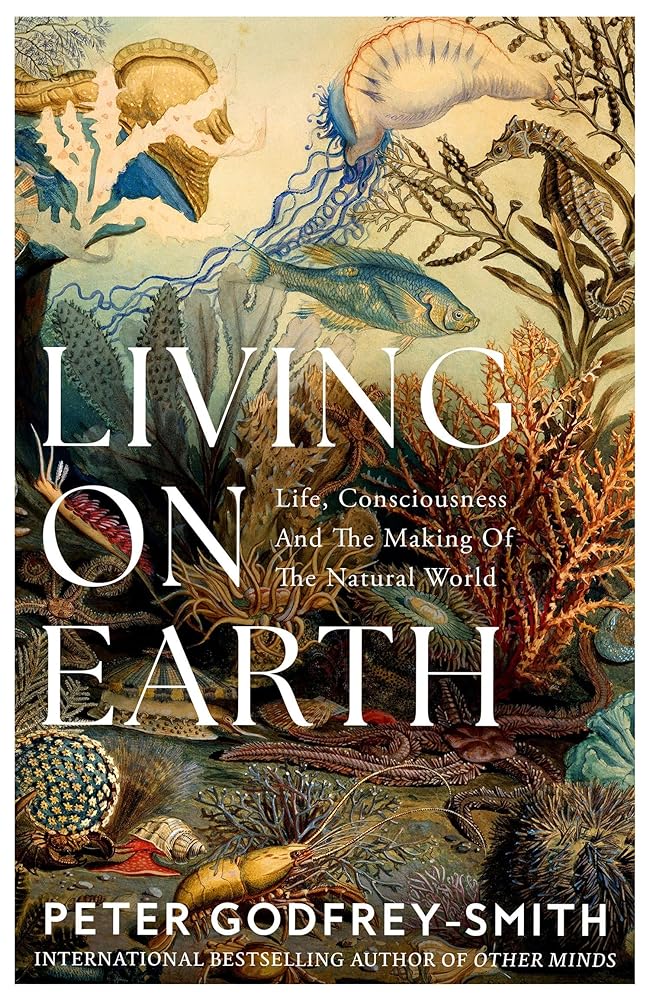
Living on Earth: Life, Consciousness and the Making of the Natural World by Peter Godfrey-Smith

Living on Earth: Life, Consciousness and the Making of the Natural World by Peter Godfrey-Smith
Sale price$35.00
Regular price (/)
About

